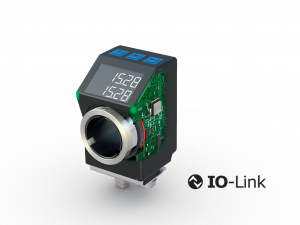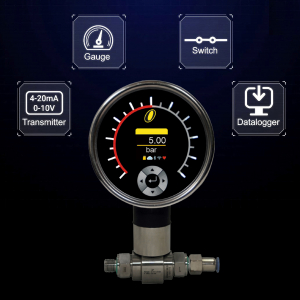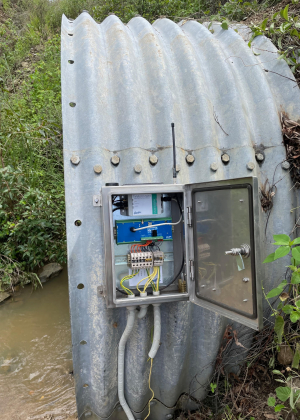Steam versus thermal fluid

Steam has been a valuable servant to the human race, from a means of powering engines to a method of cooking food. However, there’s one area where steam has been outdone in recent years – heat transfer using thermal fluid. Here Clive Jones, CEO of Global Heat Transfer outlines the benefits of using thermal fluids instead of steam in a heat transfer process. Historically, if heat transfer was needed in a chemical process and heating via naked flame wasn’t feasible, steam was the preferred method.
This was mainly due to the ease of sourcing water, the minimal cost of the resource and the perceived absence of environmental issues. However, using steam in a heat transfer system comes with numerous drawbacks.
Safety
Steam requires a high operating pressure to achieve temperatures necessary for operating heat transfer systems. For example, to reach 300ºC, steam would require a pressure of 85 bars. This is roughly 14 times the pressure inside your average bottle of bubbly.
Picture what happens to Champagne when pressure in the bottle builds up and is given a means of release through the weakest point – the cork. Now times this by 14. Needless to say, the presence of high pressure brings with it the potential for serious health and safety risks.
When steam reaches critical pressure and has no way of venting, the system can burst a pipe, seam or valve. This can result in an explosion of extremely hot steam and shrapnel from pipes.
In contrast, most thermal fluid systems are vented and operate at atmospheric pressure, which means the risk to life and infrastructure from pressure is minimal.
The view that heat transfer fluids and systems present an operational fire and explosion hazard is a misconception. Heat transfer related risks are often traced back to companies who use inappropriately designed systems or oils and who fail to conduct the correct lifecycle maintenance.
Maintenance
Steam heat transfer systems require constant maintenance. In fact, in some countries - such as the US - it’s a legal requirement that a qualified person must continuously monitor and maintain operations. This creates an additional maintenance and cost burden that isn’t present with thermal fluid systems.
Furthermore, steam system infrastructure is far more intricate compared to thermal fluid applications. Safety valves, condensate return pumps, expansion joints, blow downs, chemical additions and drains all need to be correctly managed for the steam systems to run efficiently. Thermal fluid systems, on the other hand, only require a pump, an expansion and storage tank and heat exchangers.
The maintenance problems don’t stop there. Common issues with water and steam systems include corrosion and freezing.
Despite steam systems depending on the use of demineralised water, the combination of water vapour and hot air alone is enough for corrosion and scaling to take place inside the pipes. To combat this, you could use stainless steel for piping, but this brings with it an added cost.
Water in steam heat transfer systems is also prone to freezing if left unused in cold conditions – for example, if a facility closes for winter or the Christmas period. If the water in the system freezes there’s a significant potential for pipes to burst, causing harm to the system and water damage to surrounding infrastructure.
In comparison, thermal fluids are extensively used in systems designed to work at low temperatures. Specific types of fluid such as Globaltherm EDT or Globaltherm ECO containing anti-freeze are specially formulated to pump at sub-zero temperatures and must be used in these cases.
Although thermal fluids don’t require constant assessment, maintenance should be frequent and comprehensive. Quarterly sampling is necessary to detect any short-term changes in the status of the fluid.
This acts as a means of predicting future degradation and allows companies time to take appropriate action to avoid unnecessary downtime and high costs. A strategic maintenance plan, such as GHT’s Thermocare, is imperative for healthy and efficient heat transfer systems.
Steam may have once reigned supreme in heat transfer, but thanks to increasingly sophisticated products and maintenance practices, thermal fluids now dominate industries from pharmaceutical to food and beverage manufacturing.
Similar articles
More from Global Heat Transfer Ltd
- Steam versus thermal fluid 26th October 2016
- Are you taking unnecessary risks? 27th July 2016
- A stitch in time 28th June 2016
- The more, the merrier 18th December 2015












Write a comment
No comments